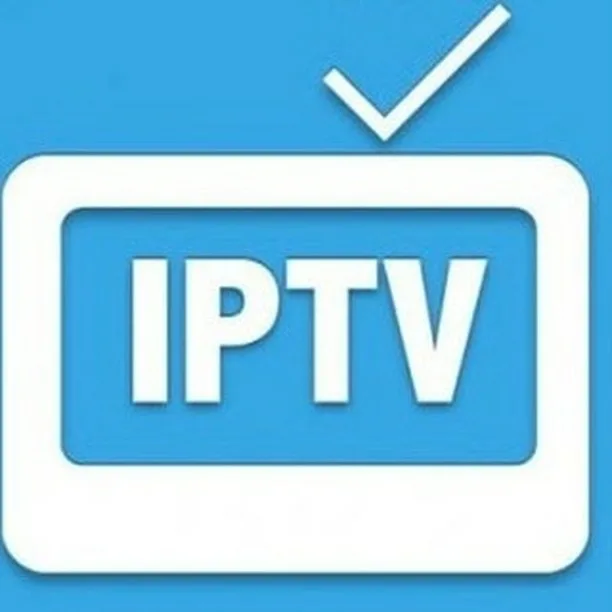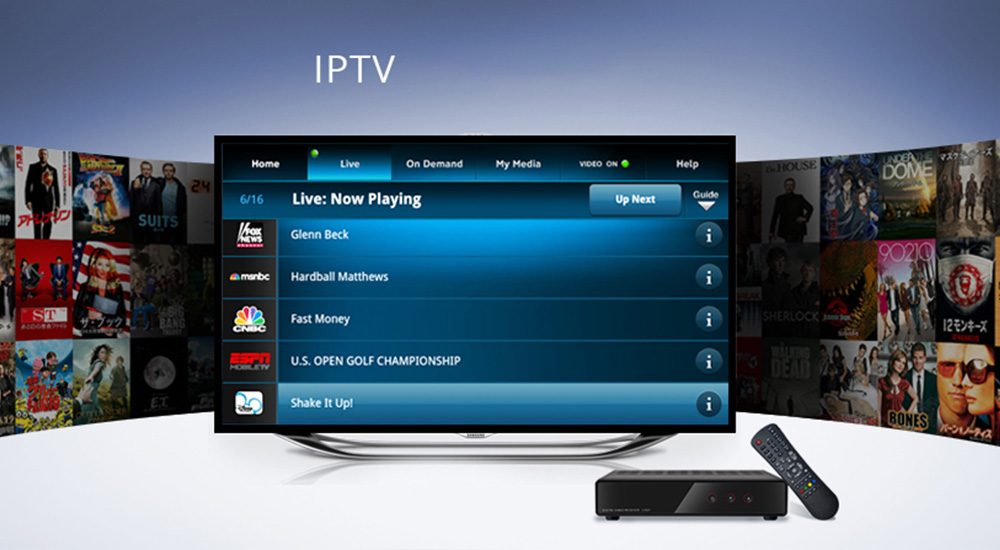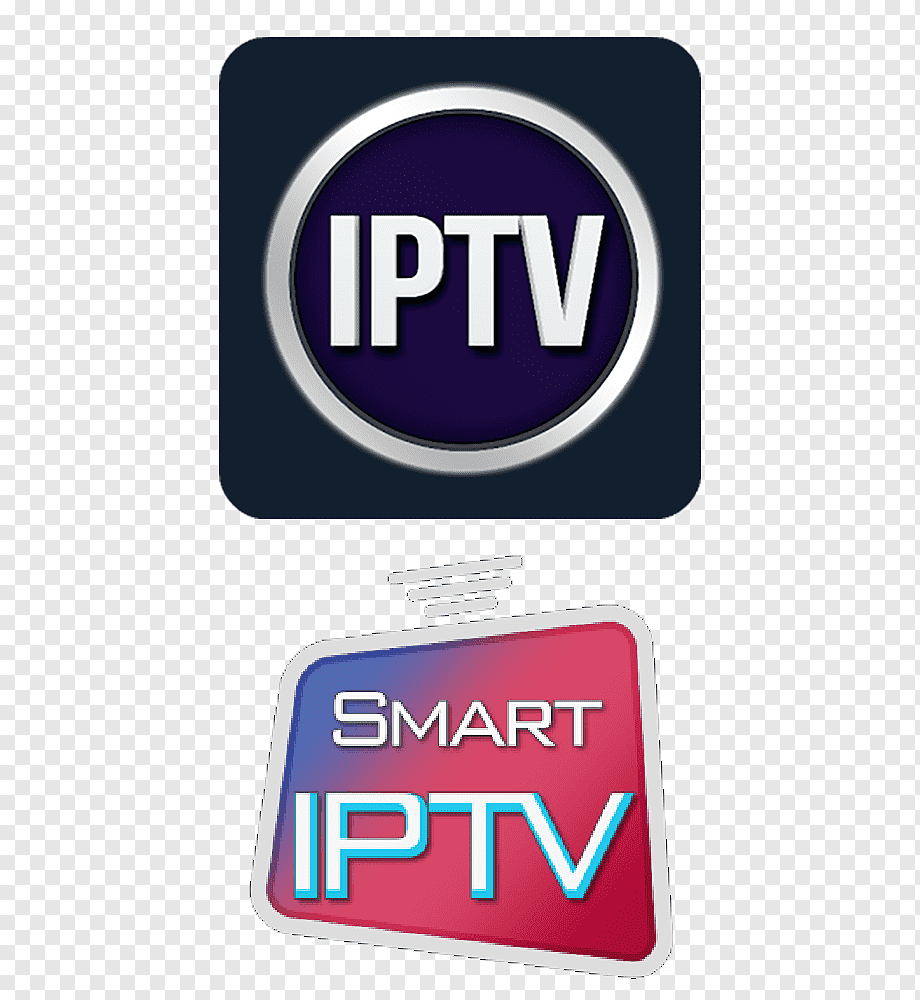Smart IPTV Troubleshooting Tips
In the rapidly advancing world of digital television, Internet Protocol Television (IPTV) stands out, offering TV content via the internet. Its swift rise in popularity stems from various advantages, including flexibility, affordability, and a vast selection of channels. However, like all technologies, IPTV comes with its own set of challenges. Occasional technical issues can disrupt your smooth viewing experience, leading you to wonder if IPTV was the right choice. This article focuses on identifying common IPTV problems and providing solutions to ensure you continue to enjoy the many benefits of this cutting-edge digital TV technology without interruption. Our aim is to give you the knowledge and confidence to tackle any minor IPTV issues, ensuring an uninterrupted and excellent viewing experience. Join us as we delve into the practical aspects of IPTV troubleshooting. Solutions to Stop IPTV Buffering and Freezing Issues 1. Check Your Internet Connection The IPTV experience largely relies on your internet connection. Having good internet speed is crucial to stream IPTV seamlessly. The minimum required speed for IPTV streaming is at least 5 Mbps for standard quality, 10Mbps for 720p HD quality, 20 Mbps for 1080p HD quality, and 30 Mbps for 4K. Switch to a Wired Internet Connection Wired connections are more stable than wireless ones. Several factors influence Wi-Fi connections, including proximity, the number of connections, and the strength of the Wi-Fi signal. If you’re using Wi-Fi to stream, switch to a wired connection to see if the connection issues are resolved. Use an ethernet cable to connect your IPTV device directly to the wireless router. Monitor Your Bandwidth Consumption We use the internet in various ways at home. Some activities consume more bandwidth than others. For example, downloading a large movie file uses more bandwidth than scrolling through social media. Background applications and other bandwidth-consuming activities may cause buffering and freezing when streaming IPTV. To fix the issue, close background apps and pause all downloads. Troubleshoot Your Internet Connection Sometimes, the buffering results from a slow and unstable internet connection. You can verify this is the issue by trying other internet-reliant activities such as loading a banking app, watching a YouTube video, or video calling a friend. If these activities fail, try troubleshooting your internet connection: Power cycle/restart your router or modem Conduct a speed test and contact your ISP to see if the problem is on their side Move the IPTV hardware and devices closer to the router or modem 2. Troubleshoot IPTV Hardware and Software Another cause of IPTV buffering issues is faulty IPTV hardware and software. The hardware includes IPTV set-top boxes and streaming devices like FireSticks, Smart TVs, computers, and tablets. Restart Hardware and Ensure Updates Restart the hardware and ensure it’s up to date. Check the connected cables, such as those connecting the set-top box with the TV or network cables linked to the router. Optimize Software Whether it’s an official IPTV app or an external player like IPTV Smarters Pro, ensure it’s optimized. Check for available updates and update the software as necessary. Try a different app if you suspect the external player is the culprit. Also, clear app cache and data regularly as these files can slow down performance. 3. Change Your VPN Settings Using a VPN when streaming IPTV is recommended for various reasons. It hides your internet activities, helps you avoid throttling from your ISP, and unlocks geo-restricted TV channels and VOD content. Switch VPN Servers If experiencing buffering, try switching VPN servers to one closer or less congested. Ensure your VPN provider offers reliable speed and connection stability. 4. Check With Your IPTV Provider If you’ve established everything is working on your side, check on support communities to see whether other users face the same issue. If not, contact your service provider to inform them about your issues. Maybe the servers are overloaded, or the provider is facing downtime. The service provider can redirect your stream to a different server or take other steps to resolve the problem. If all these solutions fail, it may be time to try another IPTV provider, especially if the current provider isn’t offering reliable customer support or the issue has been ongoing. Conclusion and Recommendations Summary of Expert Tips to Prevent IPTV Lag In conclusion, tackling network congestion and server overload is essential for preventing IPTV lag. Switching to a less crowded frequency and keeping devices updated can greatly enhance IPTV streaming performance. Additional Resources and Support for IPTV Troubleshooting For more help with IPTV lag issues, users can contact their service provider for tailored recommendations. Online forums and IPTV communities also offer valuable insights and support for resolving buffering and freezing problems. By utilizing these resources, users can improve their IPTV experience and enjoy seamless streaming. Frequently Asked Questions Why is IPTV so laggy? IPTV Lag: Network congestion, slow internet connection, or server issues. Why is my streaming TV freezing? Streaming TV Freezing: Poor internet connection, server overload, or technical issues with the streaming service. How do I troubleshoot audio or video issues with IPTV channels? Check Internet: Stable connection and sufficient bandwidth. Restart Device: Power off and on your IPTV device. Audio Settings: Verify volume and audio output settings. Video Settings: Check display, resolution, and aspect ratio. Update Firmware/Software: Install latest updates. Restart IPTV App/Service: Close and reopen the app. Check for Service Outages: Verify provider’s status. Clear Cache and Data: Remove app’s temporary files. Update Device Firmware: Keep device up to date. Contact Customer Support: Seek assistance from provider’s support team.
Smart IPTV Troubleshooting Tips Read More »


